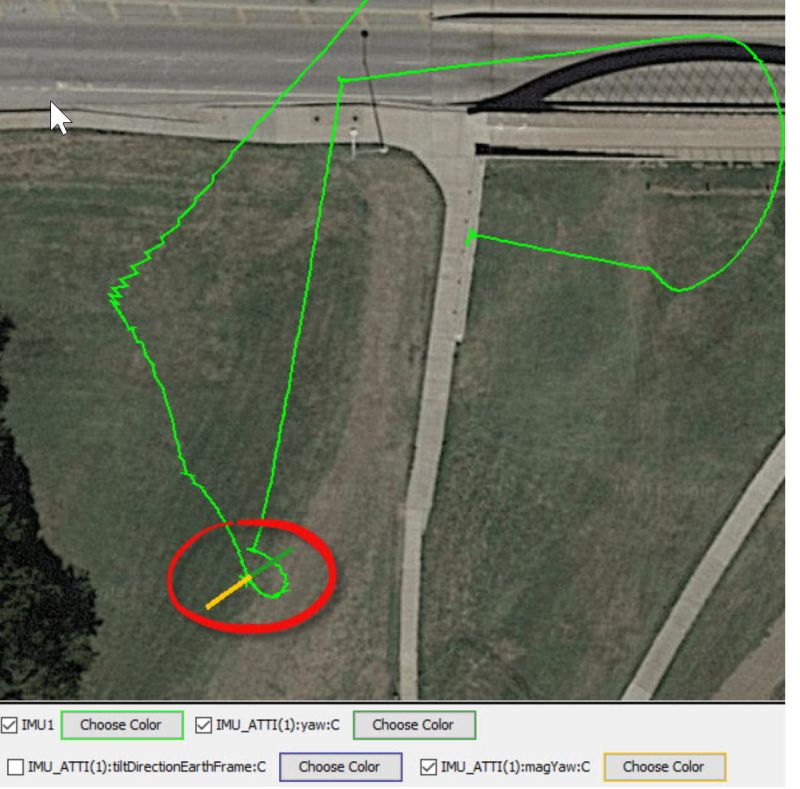This is NOT an EXCUSE!!! Especially when it was DJI itself that FORCED a MANDATORY UPDATE of the firmware on the
Mavic 2 Pro that DIRECTLY CAUSED the Out-of-Control High-Speed-Crash which damaged the drone hardware. This was a forced mandatory update that occurred Post-Sales, After-The-Fact, therefore the manufacturer undertakes all responsibility with regards to defects in the update itself that obviously caused a crash that damaged hardware. DJI is the maker/manufacturer in this instance of both the physical hardware, and the onboard firmware, and the software (DJI Go app) that is used to control/controlling the drone flight itself.
This is different than if under the hypothetical scenario that I went out and purchased a bunch of parts and individual components and built a PC desktop as a gaming machine from scratch. In such a scenario it would be less clear and it would be more unclear as to whom was at fault if a critical system error occurred, since the motherboard, the CPU, the individual components and the Operating System software itself could be from completely different vendors, manufacturers and/or companies. In this circumstance DJI is responsible for the entire stack, the whole package, from hardware to firmware to software to the way these components and aspects integrate and coordinate (or fail to coordinate) with each other/ one another.
Additionally, when I go and buy a car, from Toyota or any other reputable car maker, I am not forced to perform monthly "updates" in order to continue to drive my car! This is not the way it works, so for DJI to unilaterally impose these after-sales/ post-sales restrictions so that the user has to be forced to do these mandatory updates in order to continue to effectively use a product that they have already bought and paid for, or else he/she would not be able to fly something they already purchased post-sales, then legally DJI cannot have its cake and eat it too, it cannot be both sides in favor of DJI, in the sense that it cannot do it both ways, DJI is the entity that forces users to perform these updates then DJI is responsible for any subsequent crashes that are directly caused by flaws, detects and/or bugs in these firmware and/or software updates that invokes these kinds of erratic behaviors. This happened immediately after the latest forced updates, the data and evidence has proven beyond any doubt that this was not attributed to user error, the user was using this product normally and flying in perfect optimal conditions and this was something erratic, completely out of control crash, never should have even happened at all, it was caused directly by defects in the DJI product itself, post-update, after the latest forced update.
DJI forces users to update in order to use their product they paid for post-sales, then if the update directly causes a crash, then DJI must be responsible for fixing regardless of warranty because the time/clock starts after the introduction of the latest flawed update itself, not from the original date of purchase. The warranty calculation should only start from the original date of purchase if DJI never forced mandatory post-sales firmware updates (which caused the crash in the first place) as a condition of continued usage after the user brought and paid for the drone.
When DJI unilaterally binds the end-user to forced updates as a strict condition to the continued effective usage of the product then the legal responsibility and product workmanship accountability directly falls onto DJI itself. If post-sales, after a consumer has brought and paid for a DJI drone, the DJI drone crashes at high speed into an obstacle and suffers severe hardware damage, and it was an out-of-control crash in otherwise perfect flight conditions under normal usage and circumstances, and the crash itself was proven to have been the result of erratic behavior with root cause of stemming from the latest firmware update that DJI forced upon the user and mandatory imposed as condition of continued usage onto the consumer post-sales and after-the-fact, then DJI and only DJI solely and completely bears full responsibility for a crash/damage that incurred under these sets of circumstances, regardless of 'expiration of one year warranty', this is expiration was made invalid at the time that DJI introduced flawed firmware updates by force that resulted directly in an immediate subsequent crash as proven by the evidence in DJI's own Mavic logs!
Given the totality of the evidence presented and the indisputable fault of DJI as evidence by the recorded flight data/logs/etc we demand that DJI do the right thing in this instance and repair or replace or offer voucher or refund to correct for and amend for this fault of DJI and to take responsibility and be accountable in the ways that it does business.











